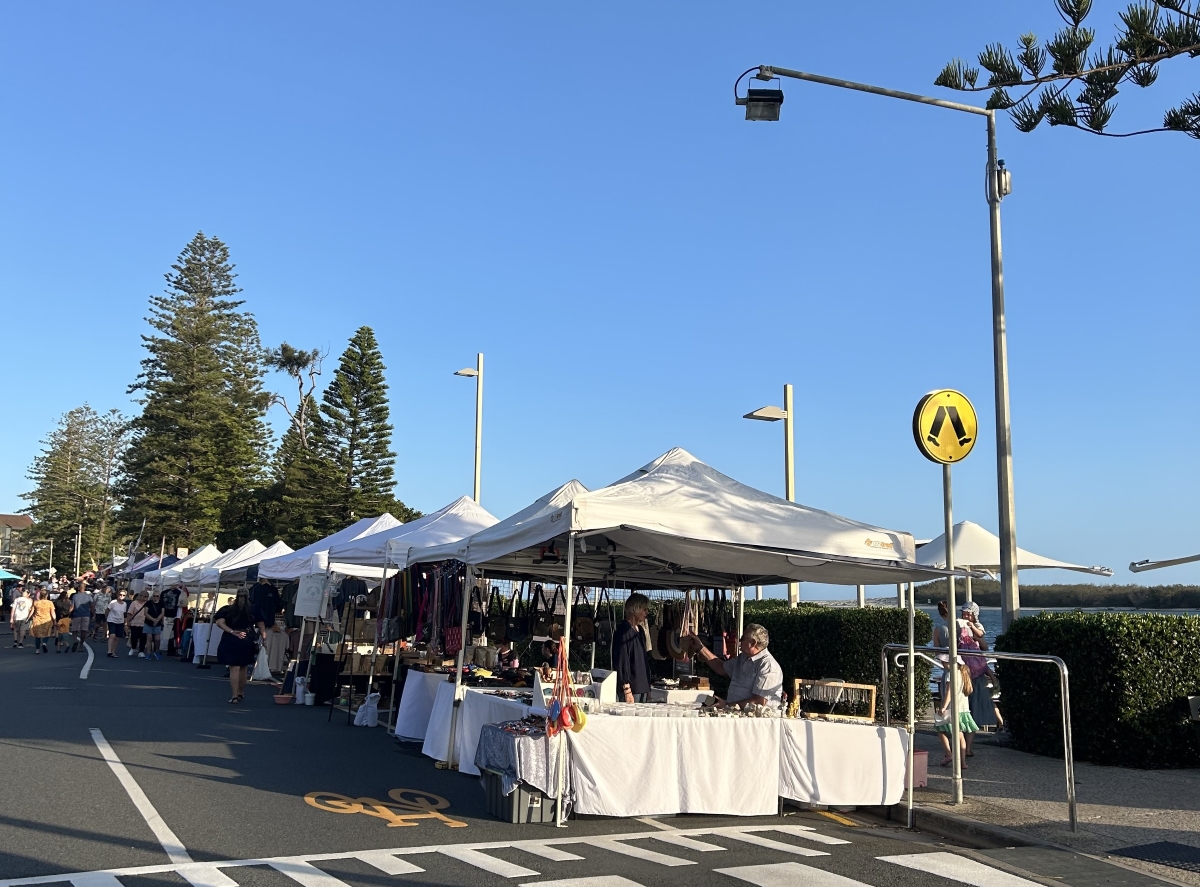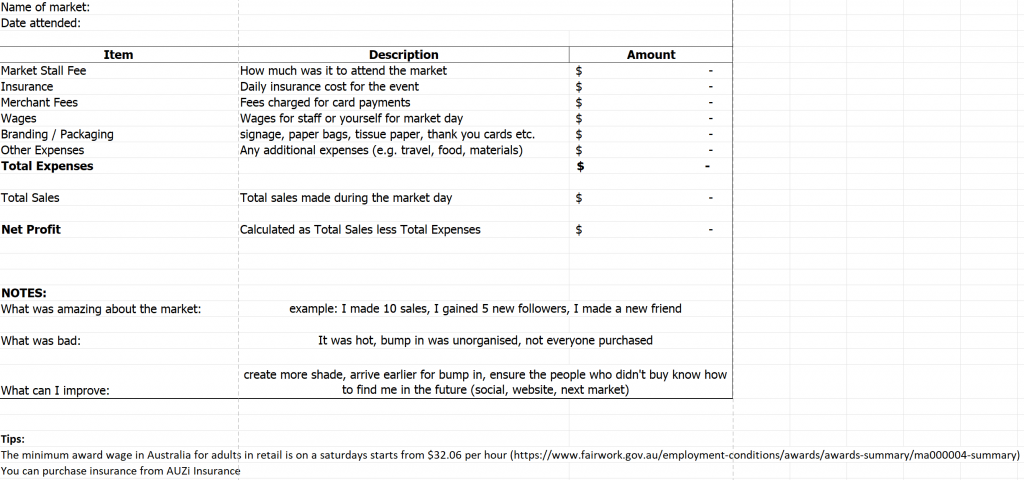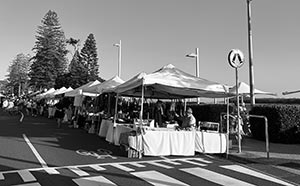How to calculate market stall profit: Essential tips for stallholders
Running a market stall that has become home to your passion whether it be homemade candles or handmade pet accessories, is a fulfilling project. But, knowing whether you’ve made a profit at the end of the day is essential for the sustainable success of your small business. Calculating your market stall profit means going beyond your total sales to consider expenses, insurance, wages, and much more. This guide on how to calculate market stall profit will help you break down every cost, so you get a clear view of your net profit. Keep reading for our downloadable market stall profit calculator that will make this daunting task even easier.
Why calculating market stall profit matters
We get it, market days are not just about sales. They’re a day of fun, mingling and sharing your precious products with the world. However, managing costs and understanding the profitability of a market stall is essential to small business success.
Here is what you need to calculate marketstall profit after every market day.

1. Stall fee & location costs
Most markets charge a stall fee. This fee can vary based on the location and size of your setup. This is often your largest upfront cost, so make sure to note this fee first.
2. Insurance
Stallholder insurance protects you and your business from potential risks, which many markets require. Be sure to calculate the daily or pro-rata cost of your insurance, as it’s a crucial expense you need to cover.
Example: Your annual public liability policy costs $135 and you plan on attending one market a week, you would calculate this by dividing $135 by 52 markets = $2.59. Your market stall insurance costs $2.59 per market day.
3. Wages and labour
Whether you’re paying yourself or hiring help, your time is valuable. Calculate a wage for the hours spent bumping in, selling, and bumping out, plus travel. If you’re self-employed, consider at least setting an hourly wage to reflect your time.
Keep in mind that the average hourly award wage for an adult in retail on a Saturday is $38.48. Don’t rip yourself off.
4. Merchant surcharges
If you accept card payments, each transaction may incur merchant fees. These fees, which are often between 1-3% of each sale, can add up and significantly impact your profit. Be sure to include these in your expenses to accurately calculate your market stall profit each market day.
5. Marketing and branding costs
Promoting your market stall through social media ads, print business cards and flyers, business partnerships and custom signage are great ways to market your business and get your brand out there. However, it all comes with a cost. Don’t forget to add these to your expenses list when calculating your market stall profit.
6. Equipment and display costs
Setting up a stall involves more than just a table. The cost of equipment like tables, racks, signs, or lighting can add up. If you’ve invested in high-quality items, consider these as ongoing investments, but if you’re renting or regularly buying new equipment, add it into your daily expenses.
7. Cost of goods sold (COGS)
This includes all costs directly tied to the items you’re selling such as raw materials, manufacturing, or packaging. This is essential for understanding your gross profit. To calculate your gross profit, take your sales amount and minus the cost of goods sold (COGS), then deduct any other expenses.
8. Miscellaneous expenses
Don’t forget your incidental costs! This includes travel, meals, or even a backup first aid kit. Some of these expenses may appear minor but everything adds up.
Calculating your net profit: Sales - expenses
When you have your total sales for the day, deduct each of these expenses to calculate your net profit. This formula will help:
Total sales – all expenses (stall fee + insurance + wages + merchant fees + marketing + equipment + COGS + miscellaneous) = market stall profit.
Example: You made $1,000 worth of sales, less your daily market expenses of $400 = $600. Your total profit for that one day market is $600.
Calculating market stall profit gives you an accurate picture of what each market contributes to your business. It can also help you adjust how you approach market day to boost profit over time.
Fill out your expenses to calculate your market stall profit. Summarise your day at the markets for future reference in your business plans.


